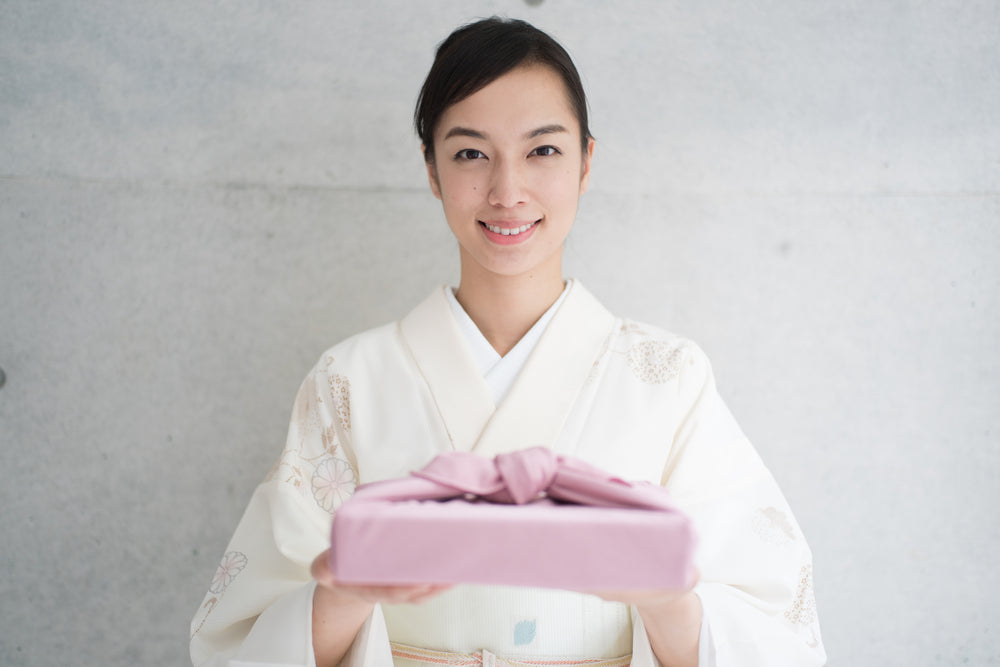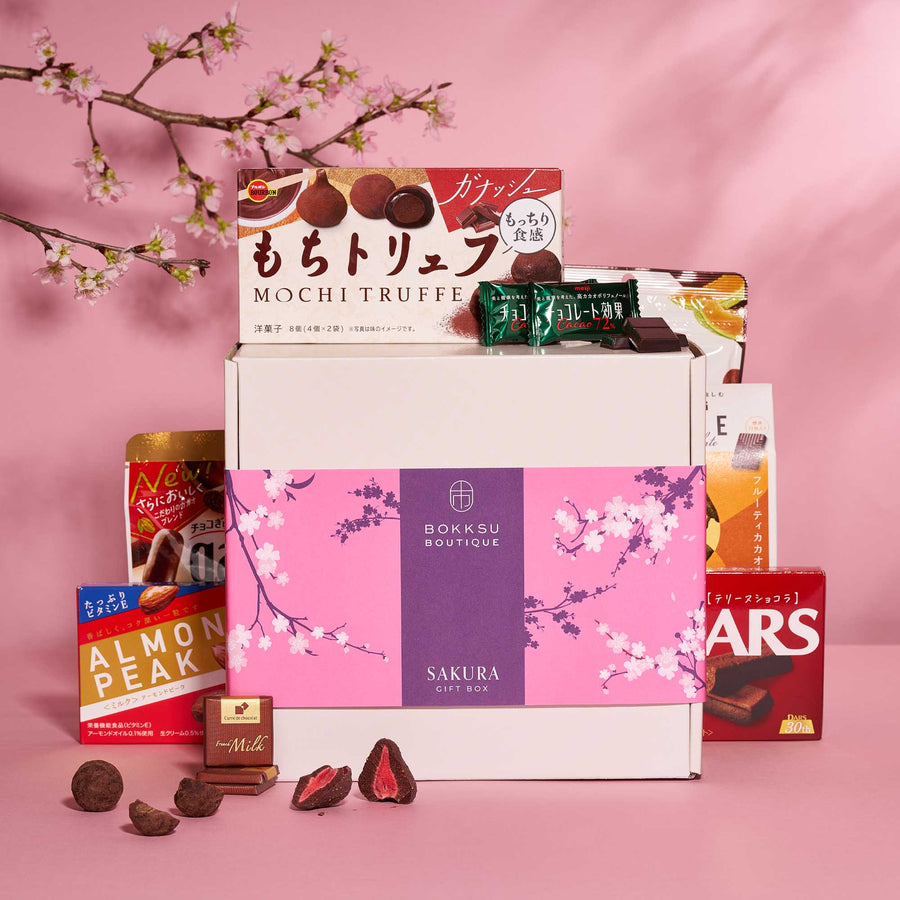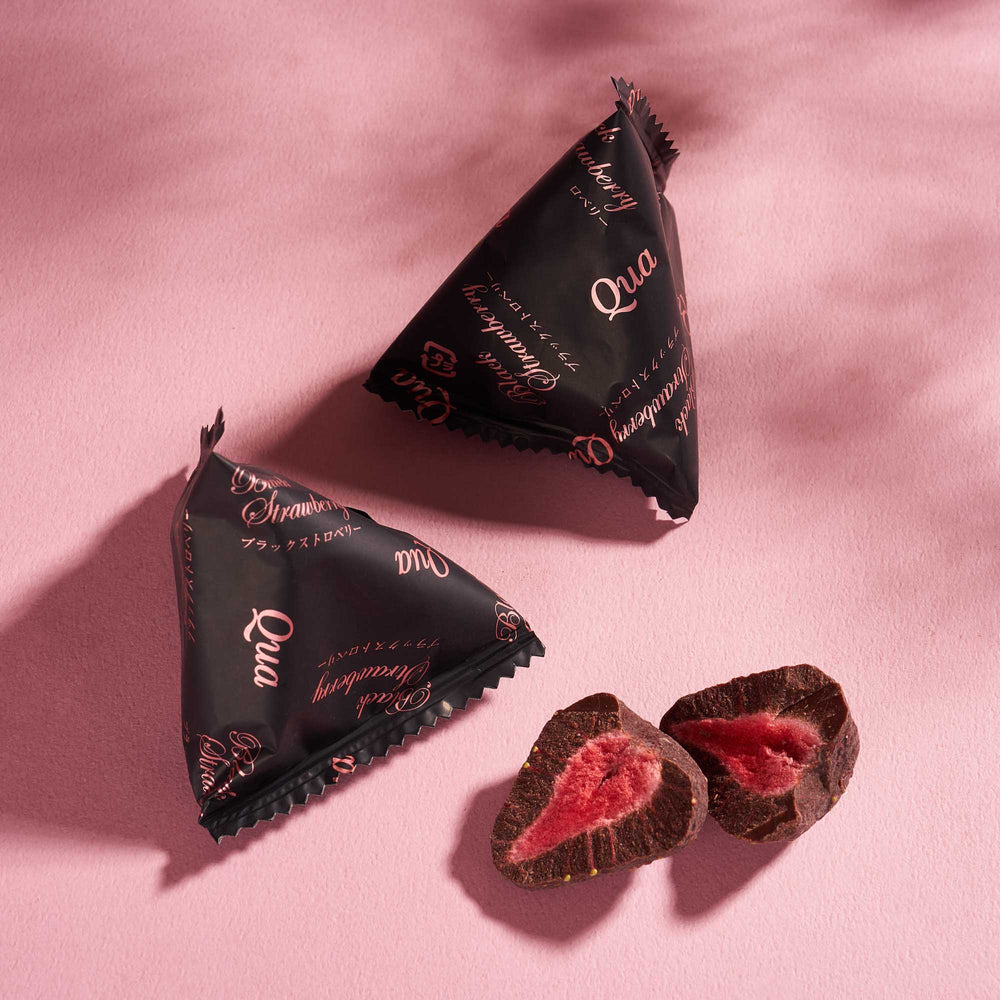The Sky's the Limit: Exploring the Heights of Tokyo Skytree

In a city with nearly 200 skyscrapers and towers, one structure stands nearly twice as tall as any of the others. Tokyo Skytree is an architectural marvel that offers so much more than its massive height. Enjoy panoramic views, fine dining, flash shopping, cultural art, and many other activities!
The Majestic Tokyo Skytree

Located in Sumida, Tokyo, the Tokyo Skytree (東京 スカイ ツリー) is a broadcasting tower that also serves as an observatory. Standing at a height of 634 meters, it’s the tallest tower and the third-tallest structure in the world. At the base of the tower is a massive shopping complex consisting of several stores, boutiques, restaurants, aquariums, and museums.
Construction of the Tokyo Skytree started in 2008. By December 2010, most of the tower was completed and it stood at 511 meters. The Japan Broadcasting Corporation (NHK) and other TV stations were poised to install their broadcasting equipment on the tower. The addition of a digital-terrestrial transmission antenna and other gadgets ensured that Tokyo Skytree reached a height of 634 meters, the highest in the world. China’s Canton Tower (604 meters), the tallest at the time, is now only the second tallest tower. Construction of the Tokyo Skytree was finally completed in February 2012 and it opened to the public on May 22, 2012.
Today, Tokyo Skytree functions as a broadcasting and communications tower for over a dozen radio and television networks. However, the two observation decks on the tower and the complex at the base also make it a popular tourist attraction. In this post, we’ll cover all of the facts about Tokyo Skytree, its common attractions, and tips to help you make the most of your visiting experience.
Reaching for the Sky: The Height of Tokyo Skytree

Tokyo Skytree is a 634-meter lattice tower. It’s taller than any other tower in the world, past or present. It’s also the world’s third-tallest existing structure. However, it would rank fifth if we counted Poland’s collapsed Warsaw Radio Mast (646.4 meters) and the United State’s submerged Petronius Platform (640 meters). For now, the only structures that are taller than Tokyo Skytree are Merdeka 118 in Kuala Lumpur, Malaysia (678.9 meters) and Burj Khalifa in Dubai, UAE (829.8 meters). For your comparison, it’s worth noting that until 1964, the tallest building in Japan was the 65.45-meter central tower of the National Diet Building. Global architecture has come a long way since then.
Tokyo Skytree's creator is Nikken Sekkei, a Japanese architectural and engineering company. Tobu Tower Skytree is the owner, though. They designed the tower based on a neo-futurism architectural style. At the base of the main tower is the shopping complex, which holds it up. The tower itself consists of 4 main sections:
-
Triangular and circular base support: This is the lowest section of the tower. It starts with a three-legged triangular support at the bottom and extends into a rounded, circular shape at the top, 300 meters above the base.
-
First observatory: This is a three-story building containing the observation decks and some shops. It tops off at 350 meters from the base.
-
Second observatory: It’s made up of two observation decks and it extends to the 450-meter mark.
-
Antenna tower: This is the uppermost and thinnest section of the tower. It holds several digital-terrestrial transmission antennas for TV stations.
A Journey to the Stars: Visiting Tokyo Skytree

So, you find Tokyo Skytree fascinating enough to warrant a visit. Great idea! We’ll help you plan your trip by providing all the practical information you need in this section of our post.
The Best Time to Visit
Weekends tend to be crowded at Tokyo Skytree. Hence, the best time to visit is during the weekdays. The majority of people will be at work on those days. Be sure to come early in the morning to avoid crowds and get a clearer view. If you prefer to enjoy nighttime views, we recommend that you come a few minutes after sunset. The tower is open from 10AM (9AM on weekends) to 10PM.
Getting There
Tokyo Skytree is located in Tokyo Skytree Town. The tower’s entrance is on the 4th floor of the town. You can get to the tower by taking a train to the Tokyo Skytree Station on the Tobu Isesaki Line. Alternatively, you may take a train to Oshiage Station on the Keisei Oshiage Line, Asakusa Subway Line, or Hanzomon Subway Line. Tokyo Skytree is also accessible from Asakusa on foot via a 20-minute walk along the Sumida River. If you prefer using the more expensive direct bus, you can take one from Ueno Station, Tokyo Disney Resort, or Haneda Airport.
Ticket Options
There are typically two ways to get Tokyo Skytree tickets. The first is the same-day ticket, which gives you 30-minute access based on an allocated time slot. You can buy it at the ticket counter. The second is the advance ticket, which allows you to reserve a date and time slot yourself via the official website. The advance ticket usually comes at a discounted price. Please note that you can only get a ticket for access to either the first observatory (Tembo Deck) or both observatories (Tembo Deck and Galleria). Tembo Deck tickets are cheaper than combo tickets.
Tokyo Skytree's Observation Decks: A View Like No Other

There are two observation decks in the tower, both of which offer breathtaking views of central Tokyo, Mount Fuji, and the rest of the Kanto region. Accessible via elevators, they offer one of the best nightscape experiences in Japan thanks to the blending of the tower’s blue and purple LED illuminations with city lights. The first deck is called Tembo Deck and it’s 350 meters high. It has a wide area and three deck floors labeled 340, 345, and 350.
Tembo Deck floor 350 offers access to several state-of-the-art observatory technologies, including a 255-degree panoramic screen, high-res digital telescope, and touch-screen navigation system. Floor 345 has viewing benches for you and your companion to sit on while enjoying the scenic beauty. There’s also the 2-by-3-meter glass floor located on floor 340, which gives you the surreal feeling of floating in the air. Tembo Deck also houses several other facilities, including two cafes, a restaurant, a shop, and a post. Floor 350 contains a ticket booth for the next observation deck.
The second observation deck is called Tembo Galleria. At 450 meters, it’s the highest observation deck in Japan. This deck only has two floors (445 and 450). Floor 450 has a special spot called the Sorakara Point, which is the highest point anyone can reach at the tower. The floor also has its own high-res digital telescope. Unlike the other deck, Tembo Galleria has no cafes or restaurants. It’s strictly for panoramic views, and you have to head back to the Tembo Deck if you want to enjoy the tower’s culinary offerings.
Dining Above the Clouds: Skytree's Culinary Offerings

Tokyo Skytree offers visitors a chance to experience the double delight of fine dining with spectacular views of Tokyo. There are several cafes and restaurants at the tower. There is a Skytree Cafe on floor 350, the highest of the lot, and another on floor 340. These cafes offer a chance for you to take a break and enjoy desserts, drinks, and snacks. Try their coffee and ice cream. The Sky Restaurant 634 is on floor 345 and it offers Tokyo cuisine, a combination of seasonal vegetables and other foods. The foods on their menu include teppanyaki, wagyu, miso soup, and Vichyssoise ice cream. For more dining options, go down to the Tokyo Solamachi complex outside of the tower. It contains many more restaurants and cafes.
Skytree Curiosities: Fun Facts and Secrets

Let’s have some fun by uncovering intriguing curiosities and lesser-known facts about Tokyo Skytree.
-
The first deck (Tembo Deck) has a capacity of 2,000 people and the second deck (Tembo Galleria) has a capacity of 900 people.
-
The tower wasn't built to a height of 634 by accident. That number represents mu (6), sa (3), and shi (4): musashi, the old name for the tower’s location.
-
It was created to replace Tokyo Tower as a digital broadcasting tower, and it now serves the entire Tokyo Metropolis and Kanto region.
-
The opening of Tokyo Skytree was a bit of a disappointment. About 8,000 people waited weeks for the views but could hardly see through the fog that occurred on the day.
-
The tower is painted with an original color, “Skytree White.”
-
It cost 65 billion yen or approximately $430 million, to construct.
-
The 5-story pagoda, a traditional Asian architectural style, had an influence on the tower's design. It comes with an added mass control mechanism that helps with earthquake resistance
Shopping at Tokyo Skytree: Souvenirs and More

The shopping experiences available at Tokyo Sky Tree Town can be separated into two options. First, you have the three official Skytree Shops located at 1F Group Floor, 5F Exit Floor, and Floor 345 of the Tembo Deck. Stop by any of them for your Japanese brand items, limited-edition goods, and memorable souvenirs.
The second option is a lot more robust. For that, you’ll need to leave the tower and head to the Tokyo Solamachi complex. This is located at the base of the Skytree. It consists of over 300 different shops and restaurants. These shops offer nearly every item you can imagine. The complex also offers additional services, such as payment services, free wi-fi, photo booths, and smoking rooms.
Events and Illuminations: Skytree Throughout the Year

The Tokyo Skytree and its environs serve as venues and main attractions for a variety of events. Having festivals and other events close to the tower makes the experience more intriguing for everyone, thanks to the nighttime illuminations carried out at the tower. LED lights are programmed to turn on at night and alternate between sky blue and purple every day.
The Halloween Family Parade is one of the events that benefits from these illuminations. In late October every year, families and friends gather at Solamachi and parade the streets of Tokyo Skytree Town. The tower also hosts one-time events throughout the year, such as the Sky Tree Disco of 2019.
Skytree and Nature: The Sumida Aquarium and Planetarium

Tokyo Solamachi is also home to one of the biggest tourist attractions in the area, the Sumida Aquarium. The aquarium occupies the 5th and 6th floor of the complex. It has over 10,000 unique sea creatures. Sumida Aquarium houses the largest indoor tank in Japan, a 350-thousand-liter box of clear and strong glass. Other must-see spots at the aquarium are the jellyfish display, marine research lab, and region-specific habitats.
Another way to appreciate nature in Tokyo Skytree Town is to visit the Konica Minolta Planetarium “Tenku.” There, you can gaze at the beautiful stars and skies while listening to calming music.
The Skytree Complex: Exploring Tokyo Skytree Town

Tokyo Skytree Town is a commercial complex in Sumida, Tokyo. Established in 2012, the small district is home to several of the attractions we mentioned in this post and more. At the center of the town is the giant Tokyo Skytree. East of the tower lies the Skytree East Building, an office complex with restaurants at the top, the Postal Museum below, and the Konica Minolta Planetarium nearby. To the west of the tower, you’ll find the Sumida Aquarium and a few restaurants. Tokyo Skytree Town extends to Tokyo Skytree Station and Oshiage Station on the westside and eastside, respectively.
Skytree as a Landmark: Symbolism and Impact on Tokyo

Much like its counterpart, the Tokyo Tower, Skytree represents the resilience and patriotic spirit of Japan in times of crisis. In pop culture and other Japanese media, the Skytree symbolizes family, community, romance, and dreams. People in Tokyo tend to take pictures with the tower visible in the background, a clear indication of their current location. This landmark concept is similar to how taking a photo in front of the Eiffel Tower indicates that you’re in Paris.
Visiting Tips: Making the Most of Your Skytree Experience

Here are some tips and advice for visitors to ensure a memorable experience at Tokyo Skytree:
-
Always wear comfortable shoes when exploring the tower and town.
-
Don’t forget your camera or smartphone. You need something to capture the stunning views.
-
You can learn a little bit about Tokyo’s history by visiting the souvenir shops in the Solamachi shopping mall.
-
The 4th floor of Solamachi has a Kid’s Park offering lots of fun activities for your children.
-
Plan your trip well by using our guide. Make a list of all of the places you would love to visit and prepare a plan for getting to each of them.
Tokyo Skytree's Place in Japan's Heart

Tokyo Skytree is not just a tourist attraction but a beloved icon of Tokyo's resilience and forward-looking spirit. It’s hard to see any new structure competing with it in the near future. If you find yourself in the city, you should visit Tokyo Skytree Town and enjoy its views, fun activities, fine dining, and gourmet snacks. However, you can also have these snacks and treats come to you. With a Bokksu Snack Box subscription, you’ll get a box of authentic Japanese snacks delivered to you every month. Enjoy!
Author Bio








 Bokksu Snack Box
Bokksu Snack Box

























